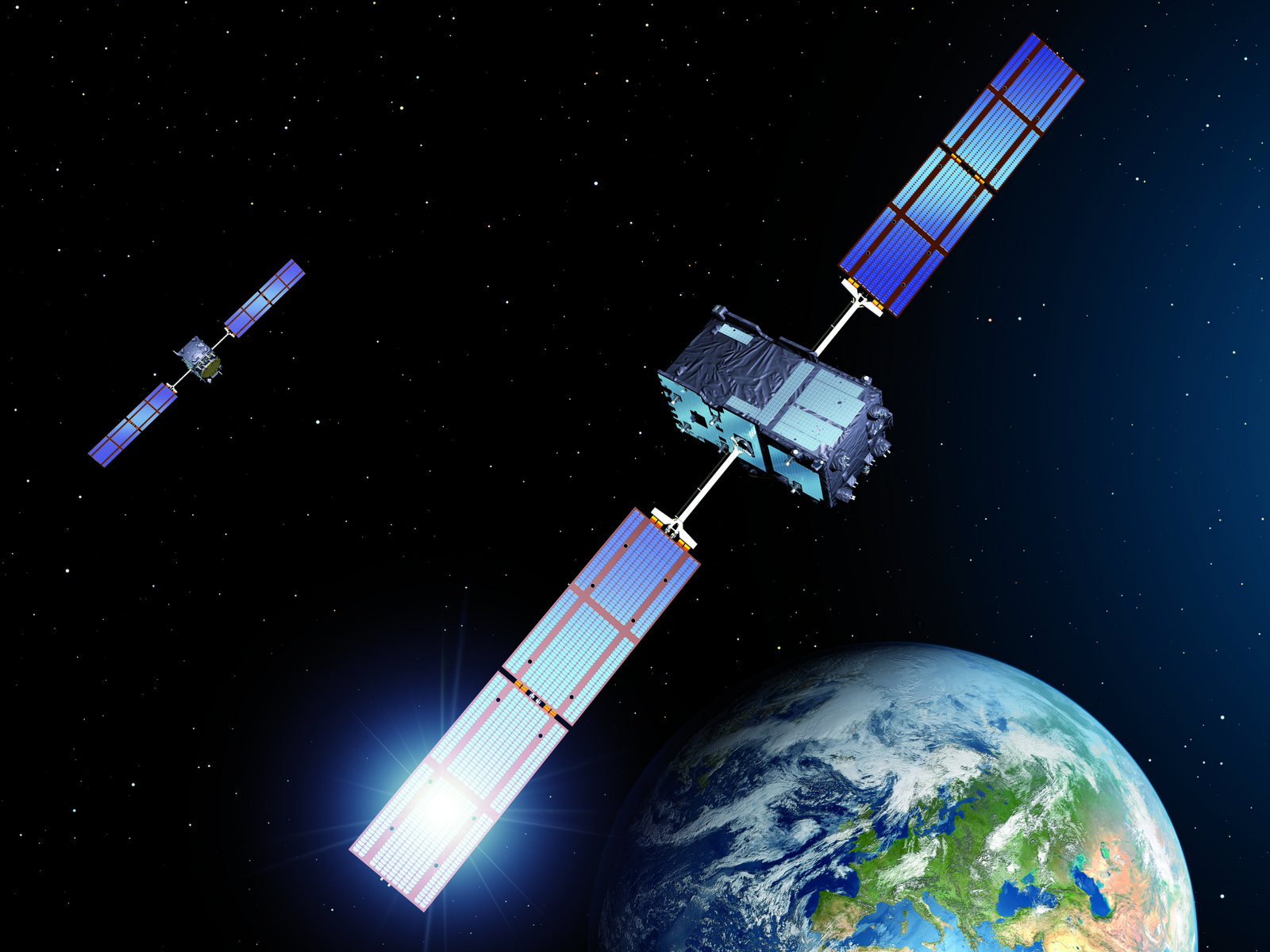In the latest development in Ethiopia’s space ambitions, the country is set to launch its first earth observatory satellite in September 2019. Addis Ababa will use the satellite to collect data on changes in the climate and weather-related phenomena.
Officials from the space agencies of both China and Ethiopia met earlier in the year to advance talks on technological transfer and sign cooperative agreements on space activities. The capsule of the envisaged earth observatory satellite will cost US$8 million to design and build. China will take up US$6 million of the cost. The satellite will be launched from China, but the command and control centre will be based in Ethiopia.
Dr Solomon Belay Tessema, senior scientist and director-general of the Ethiopian Space Science and Technology Institute at the Addis Ababa University, said in a statement that the launch had two main goals: “The first one is [to] build the technology application capacity and skills of our engineers through collaborations with different countries’ space scientists and institutions, so that they will be in a position to design, build and launch the second satellite independently. The second one is the direct support the first satellite gives to social and economic development in terms of saving the money the country is currently spending on buying data, such as climate data.”
“Most of the preliminary and critical design is done by our scientists,” he added.
Aside from financial support, China will also provide training and facilitate all aspects of the satellite’s launch.
Speaking about the Ethiopian engineers involved in the launch and design of their country’s first satellite, Tessema said, “We use home-based strategy, which involves local engineers and students at MA and PhD level to be part of the science and applications of the technology and knowledge transfer.”

This is the latest in a series of expansions of Ethiopia’s space ambitions. Last year a privately funded, multi-million-dollar astronomical observatory was launched in the Entoto hills overlooking Addis Ababa to allow Ethiopia to observe the skies of both the northern and southern hemispheres.



